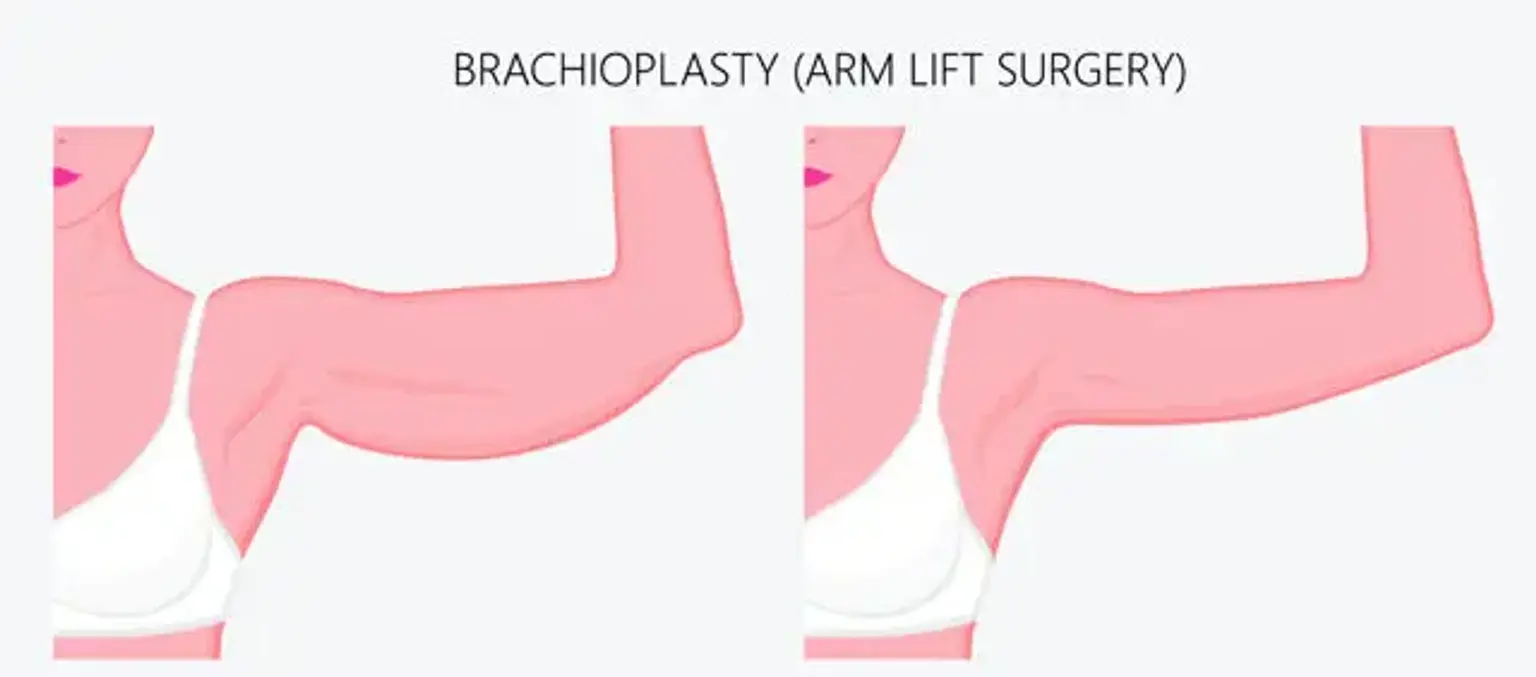Brachioplasty
A brachioplasty is a procedure to reshape the back of the upper arm, right from the arm towards the elbow. It is also referred to as an arm lift. It helps get rid of excessive skin and tissue, giving the upper arm a smoother appearance.
When someone accumulates a lot of weight, their skin stretches out over time. Your skin might not have the flexibility to spring back into place if you lose a lot of weight. This can result in additional tissue folds on the skin.
Brachioplasty is thus a body sculpting procedure. This procedure is frequently performed following weight-loss surgery. The majority of individuals who have had weight-loss surgery are usually interested in body reshaping surgery.
